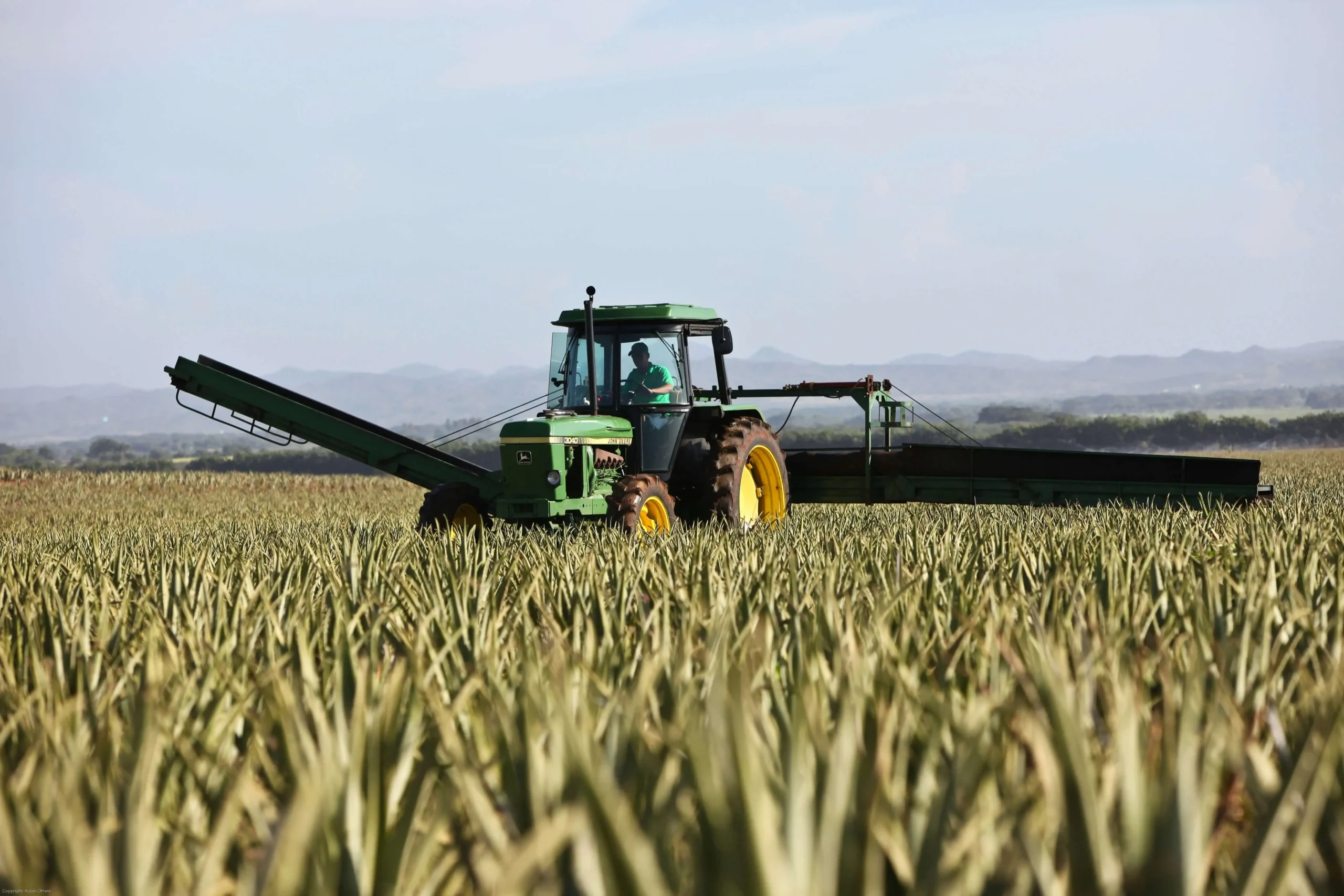Protecting agricultural assets in remote locations is crucial for maintaining operational efficiency and preventing financial losses. Implementing advanced security measures, such as GPS technology, can significantly enhance the protection of valuable machinery like tractors.
Operating a farm in a remote area presents distinct challenges, especially when it comes to asset security. The expansive nature of these environments often leaves equipment and machinery vulnerable to theft and misplacement. As a farmer, ensuring the safety of your vehicles and machinery is paramount to maintaining operational efficiency. In such isolated settings, traditional security measures may fall short, necessitating more advanced solutions like GPS protection for your tractors.
Theft of vehicles and machinery can lead to significant financial losses and disrupt agricultural operations. In remote agricultural settings, the risk is amplified due to the vast expanses and limited surveillance options. Protecting these assets is crucial not only for financial reasons but also to maintain productivity levels. You rely on this equipment daily; thus, any downtime can have a cascading effect on your entire operation.
Safeguarding your assets requires a proactive approach, combining traditional security methods with modern technology. Locks and physical barriers are important but insufficient on their own in preventing determined theft attempts. You must consider additional layers of security that can deter potential thieves and provide real-time monitoring capabilities.
The importance of safeguarding assets extends beyond immediate financial implications. By implementing comprehensive security measures, you can foster a sense of safety and stability within your workforce. Employees who feel secure are likely to be more productive and engaged, knowing their tools and vehicles are protected against theft or vandalism.
To effectively enhance security in rural areas, it’s essential to adopt a multi-faceted approach. Start by assessing the vulnerabilities specific to your location and operations. Identifying weak points allows you to tailor strategies that address potential threats directly. Consider installing surveillance cameras at key entry points to deter unauthorized access.
Employing professional security services can also add an extra layer of protection. Trained personnel familiar with rural settings understand the unique challenges posed by such environments. These experts can provide valuable insights into improving your existing security infrastructure, ensuring it’s robust enough to counter sophisticated threats.
Another effective strategy involves community collaboration. Engaging with local farmers can create a network of watchful neighbors who alert each other about suspicious activities. This collective vigilance significantly reduces the likelihood of successful thefts and encourages a culture of shared responsibility within the community.
Integrating GPS technology into your asset management system provides unparalleled benefits in terms of both protection and logistics. These devices offer real-time tracking capabilities, allowing you to monitor the location of your machinery at all times. Should a piece of equipment be moved without authorization, you can respond quickly to recover it before it crosses county lines.
GPS systems also streamline logistics by offering insights into equipment usage patterns and maintenance schedules. By analyzing this data, you can optimize machine allocation, reduce fuel consumption, and plan preventive maintenance more effectively. This leads not only to cost savings but also to extended equipment lifespan.
The advantages of GPS extend beyond mere location tracking; they facilitate better decision-making processes across your agricultural operations. With precise data at your fingertips, you can adjust strategies in real-time to enhance productivity while minimizing risks associated with theft or misuse.
To fully leverage the potential of GPS technology for securing your tractors, begin by selecting devices that suit your specific needs. Ensure they offer features such as geofencing, which alerts you when equipment leaves designated areas without permission. This feature is particularly useful in large farms where constant physical monitoring isn’t feasible.
Training your team on how to utilize GPS systems is crucial for maximizing their benefits. Employees should be comfortable accessing tracking information and responding promptly when alerts are triggered. This ensures that any irregularities are swiftly addressed before they escalate into major issues.
The investment in GPS technology should be viewed as a long-term strategy for protecting assets and enhancing operational efficiency. By integrating these systems into daily operations, you’re not only safeguarding machinery but also optimizing overall farm management practices.

